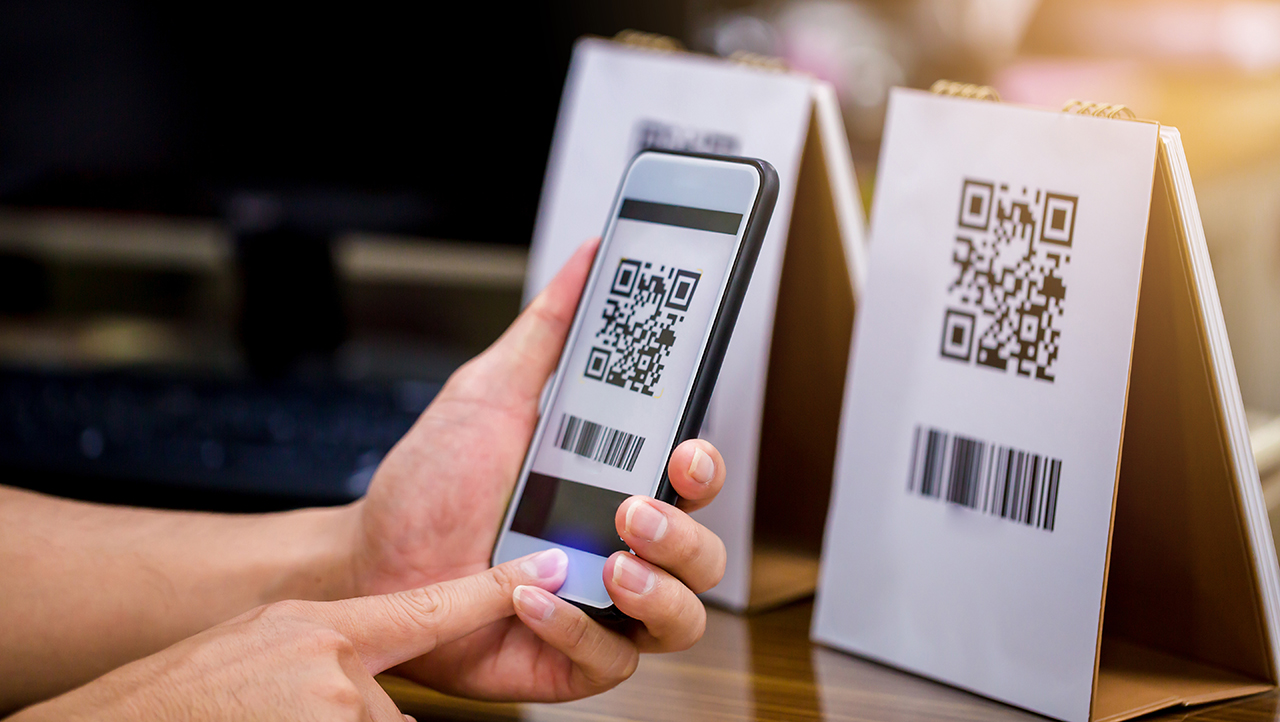Handling Internet Connectivity Issues During Church Live Streaming
A smooth and uninterrupted live stream is essential for engaging online congregations during church services. However, internet connectivity issues can disrupt the experience, leading to frustration for viewers and technical challenges for the church team. Addressing these issues proactively ensures that your church’s live streaming runs seamlessly, fostering a positive and inclusive worship environment.
This guide provides practical tips for handling internet connectivity issues during church live streaming, helping you maintain high-quality broadcasts even in challenging situations.
1. Assess Your Internet Speed and Reliability
The foundation of any successful live stream is a stable and sufficient internet connection. Understanding your network’s capabilities helps prevent potential disruptions.
Key Considerations:
- Check Upload Speed: Live streaming relies on upload speed; aim for at least 5 Mbps for standard HD streaming.
- Test Network Reliability: Run speed tests at various times to identify fluctuations in performance.
- Prioritize Bandwidth: Limit non-essential internet use during live streaming to ensure optimal performance.
A strong and reliable internet connection is the first step in preventing connectivity issues.
2. Use a Wired Connection Instead of Wi-Fi
Wi-Fi is convenient but can be less stable than a wired connection, especially during live streaming.
Benefits of Wired Connections:
- Stability: Ethernet cables provide a consistent connection, reducing the risk of dropouts.
- Speed: Wired connections typically offer faster speeds compared to Wi-Fi.
- Interference-Free: Avoids disruptions caused by other wireless devices or signal congestion.
Switching to a wired connection improves the reliability of your church’s live streaming setup.
3. Have a Backup Internet Source
Preparing for unexpected connectivity issues ensures that your live stream can continue uninterrupted.
Backup Options:
- Mobile Hotspots: Use a smartphone or dedicated hotspot device as a temporary internet source.
- Secondary ISP: Maintain a backup internet provider for emergencies.
- Offline Recording: Record the service locally to upload later if live streaming becomes impossible.
Backup solutions provide peace of mind and prevent complete service interruptions.
4. Optimize Streaming Settings for Stability
Adjusting your streaming settings can help maintain a stable broadcast, even with fluctuating internet speeds.
Recommended Settings:
- Lower Resolution: Reduce from 1080p to 720p if your upload speed is inconsistent.
- Adjust Bitrate: Choose a bitrate that matches your available bandwidth; 2-4 Mbps is a safe range for HD streaming.
- Enable Adaptive Bitrate Streaming: Allow your streaming platform to adjust quality dynamically based on connection strength.
Optimizing settings ensures that your live stream remains stable, even under challenging conditions.
5. Invest in Reliable Streaming Equipment
High-quality equipment can mitigate the impact of connectivity issues and improve overall performance.
Essential Equipment:
- Streaming Encoders: Hardware encoders like the Blackmagic Design ATEM Mini offer superior performance compared to software encoders.
- Network Switches: Use a managed network switch to prioritize streaming traffic over other devices.
- Battery Backups: Protect your equipment from power outages that could disrupt connectivity.
Reliable equipment enhances the stability and quality of your church’s live streaming.
6. Monitor Your Live Stream in Real-Time
Keeping a close eye on the live stream allows you to address connectivity issues as they arise.
Monitoring Tips:
- Use Analytics Tools: Platforms like OBS Studio or Streamlabs provide real-time data on upload speed and dropped frames.
- Assign a Tech Team Member: Dedicate someone to monitor the stream and troubleshoot problems immediately.
- Communicate with Viewers: If issues occur, inform viewers via the live chat or an on-screen message.
Real-time monitoring helps you respond quickly to minimize disruptions.
7. Prepare for Post-Stream Recovery
If connectivity issues significantly affect your live stream, having a recovery plan ensures that your congregation can still engage with the service.
Recovery Strategies:
- Upload a Recorded Version: Share a complete recording of the service on your website or social media.
- Provide Highlights: Edit and upload key moments from the service if the full recording isn’t available.
- Offer Follow-Up Communication: Send an email or social media post explaining the issue and providing access to the recorded service.
A recovery plan ensures that technical difficulties don’t hinder your ministry’s impact.
Conclusion
Internet connectivity issues can disrupt church live streaming, but proactive planning and reliable solutions can help minimize their impact. By assessing your internet setup, optimizing streaming settings, and preparing backups, your church can provide a seamless and engaging online worship experience.
In follow-up articles, we’ll explore advanced strategies for improving live streaming quality, including selecting the best equipment and leveraging cloud-based solutions for added reliability.
editor's pick
News via Inbox
Stay ahead in the fast-evolving world of church technology with our Newsletter! By subscribing, you will gain access to a wealth of information and resources designed to keep you informed and empowered.







